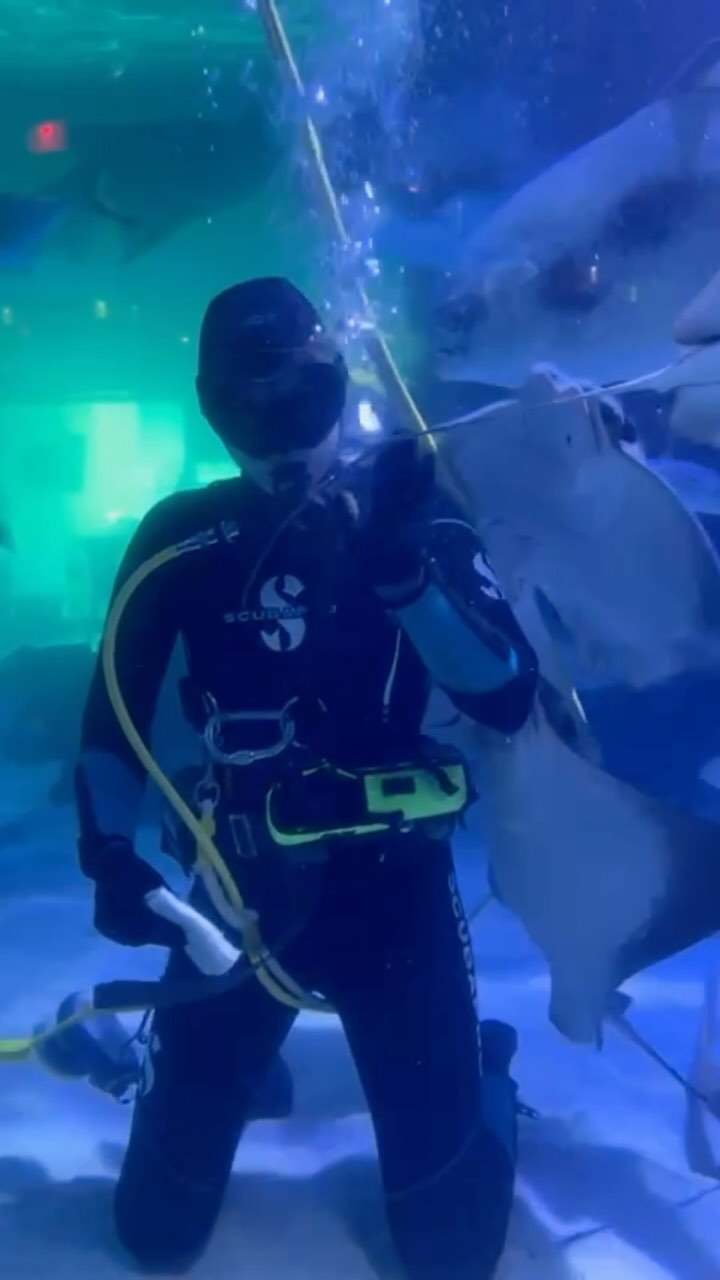- Importance of Aquarium Maintenance and its effect on marine life.
- The biodiversity within the tanks and the care required.
- Cleaning techniques and their scientific basis.
- Conservation education and public engagement through aquariums.
- Role of aquariums in wildlife rescue and rehabilitation.
The vibrant and diverse marine life at the Downtown Aquarium is a stunning display of nature’s creativity. However, maintaining this intricate ecosystem requires diligent care and attention, even when it’s time for less glamorous tasks like cleaning the tanks. This article delves into the indispensable role of aquarium maintenance, the fascinating diversity housed within, the specialized cleaning techniques employed, and the broader importance of public education and conservation efforts.
Aquarium maintenance forms the backbone of any successful facility. These establishments are committed to simulating natural habitats for aquatic organisms. Maintenance impacts water quality, directly influencing the health and well-being of fish, invertebrates, and plants. Regular cleaning prevents the build-up of harmful substances such as ammonia, nitrites, and nitrates. It also controls algae proliferation, which can obstruct light and reduce oxygen levels.
The biodiversity within aquariums is astonishing. At the Downtown Aquarium, species range from colorful coral fishes to formidable sharks, each requiring specific habitat conditions. Exhibit designers and marine biologists work together to recreate these natural environments. For example, tropical species thrive in warm, saline waters, whereas cold-water species need lower temperatures and specific salinity. Each organism’s requirements dictate precise water chemistry, including pH, hardness, and mineral content.
Cleaning the tanks goes far beyond mere aesthetics. It involves scientific principles to sustain life. Mechanical filtration removes particulate matter, while biological filtration harnesses beneficial bacteria to break down waste products. Chemical filtration employs activated carbon and other media to neutralize toxins. These processes ensure that water remains clear and healthy. Additionally, regular maintenance routines include vacuuming the substrate, cleaning the glass, and inspecting for disease or distress.
Conservation education at aquariums cannot be overstated. They serve as pivotal centers for raising public awareness about marine conservation. Interactive exhibits and educational programs inform visitors about ocean ecosystems’ environmental challenges, such as pollution, overfishing, and climate change. Engaging the public in conservation efforts is vital for fostering a collective sense of responsibility toward protecting marine life.
Aquariums are also on the front line of wildlife rescue and rehabilitation. Injured or sick marine animals are often brought in for care. These facilities provide critical veterinary services, working to heal and eventually release creatures back into the wild. For instance, sea turtles affected by oil spills or entanglements receive medical treatment and rehabilitation and are monitored post-release to ensure their survival. The Downtown Aquarium actively participates in such programs, contributing to a larger network of conservation efforts.
One of the challenges faced during tank cleaning at the Downtown Aquarium is ensuring minimal disruption to the inhabitants. The presence of divers and equipment can cause stress to the animals. To mitigate this, cleaning is scheduled when the aquarium is closed. Divers move slowly and predictably to avoid startling the fish. Cleaning routines are planned to minimize disturbance, prioritizing the well-being of marine life over expediency.
Maintaining the correct water parameters is crucial. Automated systems continually monitor temperature, salinity, and other critical factors. Any deviations are corrected promptly to ensure the stability of the environment. The methods for cleaning different tanks vary depending on their size and the species they house. Coral reefs, for instance, require delicate handling to avoid damaging the fragile structures. The tanks housing large predators like sharks necessitate robust safety measures for the divers involved.
Aquariums also employ enrichment strategies to aid in the psychological well-being of their animals. Complex tank designs, interactive feeding methods, and environmental changes stimulate and prevent boredom. This holistic approach to care underscores aquariums’ commitment to replicating natural habitats and promoting their aquatic residents’ physical and mental health.
Public engagement is an integral part of the Downtown Aquarium’s mission. The aquarium fosters a deeper understanding and appreciation of marine life by hosting guided tours, workshops, and interactive sessions. These initiatives inspire visitors to support conservation efforts. The aquarium also emphasizes the importance of sustainable practices, such as reducing plastic use and supporting sustainable seafood options.
Technological advancements have revolutionized aquarium maintenance. Innovations like automated feeders, advanced water purification systems, and environmental control technologies have significantly improved the efficiency and effectiveness of aquarium management. The Downtown Aquarium leverages these technologies to provide optimal care for its diverse inhabitants.
The role of aquariums extends beyond their physical premises. Many are involved in field research, tracking endangered species, and studying marine ecosystems. Collaborative projects with universities, research institutions, and conservation organizations amplify their impact. Aquariums contribute valuable data and insights that help shape conservation strategies and policies.
The commitment to marine life is evident at the Downtown Aquarium, even in the most mundane tasks. The meticulous care, expert knowledge, and advanced technologies converge to create a thriving environment for the aquatic residents and the visiting public. The efforts invested in maintaining the tanks underscore the broader mission of conservation, education, and wildlife protection.
The next time you visit an aquarium, remember that behind the breathtaking displays are dedicated professionals working tirelessly. Their efforts showcase nature’s wonders and safeguard them for future generations. Aquariums are more than just attractions; they are vital institutions in the ongoing endeavor to understand and preserve the intricate web of life beneath the water’s surface.
The Downtown Aquarium plays a crucial role in the broader conservation mission by fostering a connection between people and marine life. Each clean tank, every healthy fish, and every engaged visitor contribute to a larger narrative of environmental stewardship and respect for our planet’s rich aquatic biodiversity.
*****
Source Description
At the Downtown Aquarium, there’s never a dull moment… Even when cleaning the tank! 🐠


